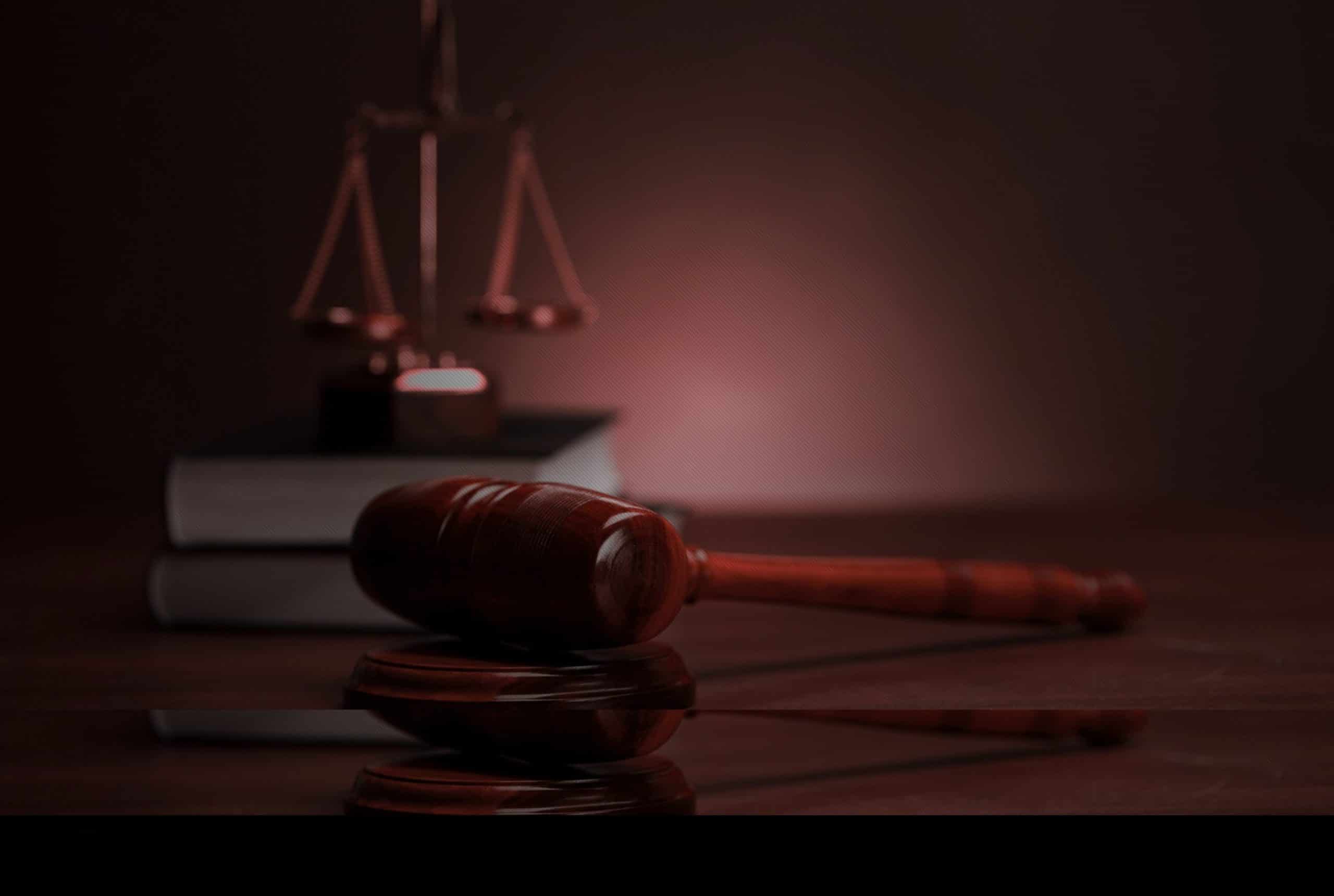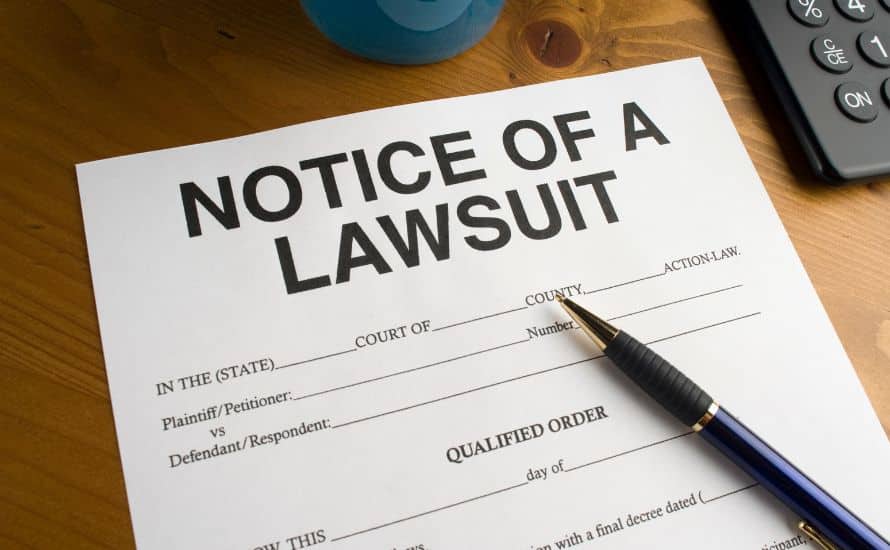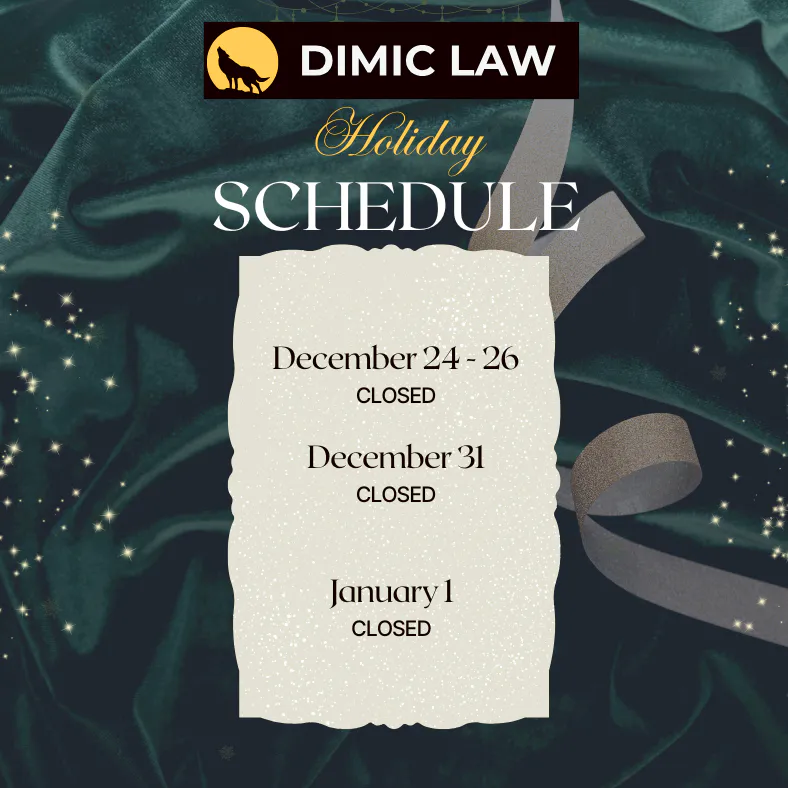
Blog
February 2023 – Understanding the Different Stages of a Civil Lawsuit, From Filing a Complaint to Appeal

Having to deal with legal matters can always be stressful and time-consuming, but when your situation escalates to a lawsuit and now you have to deal with going to Court and proving your point, it suddenly becomes much more stressful.
With that in mind, this short article aims at enlightening what the process looks like and how to navigate it. It is always important to highlight how much having experienced lawyers in Calgary with you throughout the process is important. They will be able to help you with doubts that you may have as well as protect your best interests and rights in Court.
How Does It Work?
Civil lawsuits arise when two parties disagree in a legal matter or when damages are inflicted upon another and compensation is required. The person suing is called the plaintiff, and the one being sued is the defendant.
The first stages of the trial are the pleading, the discovery, and the trial itself. Later on, you can appeal the decision, if it was not favourable to you and you believe you have been wronged.
Let’s see in further detail what each of them means:
Pleading
The pleading, as the name implies, is when the plaintiff files a pleading with the Court, that is, a complaint against the defendant. A court officer will recognize the complaint, and copies of the documents are delivered or served to the defendant.
The defendant will then provide a statement of defence to the Court, if the defendant fails to do so the Court has ground to assume that the complaint of the plaintiff is true and a trial will not be necessary and the defendant can lose by default.
As previously mentioned, having an experienced Civil Litigation Lawyer Calgary with you is extremely advisable, and both the plaintiff and the defendant are entitled to have one.
A settlement may flourish before a judge’s decision at any time between the two parties if they find common ground. According to Justice Canada, 98% of the cases do not make it to Courts – this course of action is always advisable as taking matters to Court can take a long time.
Discovery
As the trial approaches, each of the parties is entitled to an examination for discovery, that is, both parties will examine the other’s pieces of evidence that they intend to use in Court.
The idea behind this is to clarify what is the plaintiff’s claim against the defendant.
Trial
The trial may be the last stage of a lawsuit. It is the plaintiff’s job to prove their point and the defendant’s responsibility or liability. As a judge’s decision on a civil suit is based on a balance of probabilities, the plaintiff must support their case while the defendant must defend themselves by showing they were not responsible or liable against the plaintiff’s claim – for example, the defendant did not breach a contract as claimed by a plaintiff.
The defendant may also accept they are in the wrong and negotiate a settlement.
Appeal
The Court is not perfect and may commit a mistake. With that in mind, both sides in a civil case usually have the right to appeal the decision reached by a trial to a higher level. When the case does not allow for an appeal, a permission or “leave” to appeal must be sought.
The plaintiff may ask to increase the amount of compensation, for example, or the defendant may ask to reduce a sentence.
A civil lawsuit is a lot of paperwork and can be very time-consuming, and stressful. Whenever possible to reach a settlement without going to Court will be usually the advisable path to follow.
Always look for a seasoned lawyer to support you in those cases to ensure your rights are protected, and your best interests are being defended.

